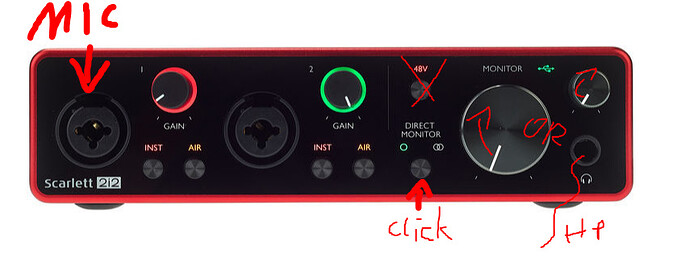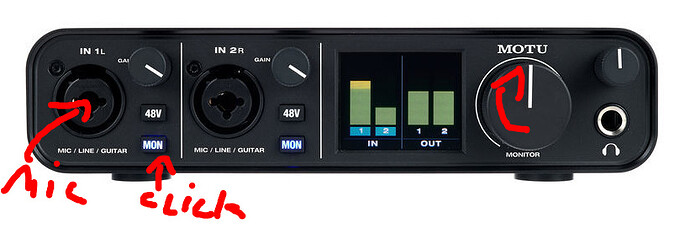Hi there,
Bottom line upfront:
Could someone please provide a complete guide on setting up an XLR microphone, interface, studio headphones with AMP/DAC? How everything connects together to the PC and with mic monitoring is where I’m getting a bit confused.
Still researching, but below are the items I’m most interested in.
Headphones: DT 1990 Pro
AMP/DAC: Was first looking at Schiit stack (Modi+Magni), now looking at JDS Element 2.
Microphone: Rode Procaster or Shure SM7B (maybe with cloudlifter)
Interface: Focusrite Scarlett 2i2 3rd Gen
Use case is generally for competitive gaming and other misc. purposes (company training materials/tutorials, conferencing, music, etc…). I’m cognizant of price and want good value, but I’m happy to go ahead with the products I listed in terms of cost based on what I’ve read. I currently use a set of Astro A50s and have used Astros for ~10 years. I’m itching for something new and better.
My casual research on the subject started about a year ago, focusing more on the headphones, thinking I would use a boom mic. Here I am a year later and I started researching microphones and how to connect them to a PC. The majority of guides I’ve found seem to address one or the other (how to set up a microphone or how to set up a set of studio headphones). They don’t seem to address a complete packaged guide, particularly for gaming situations. I watched a few of Zeos videos and thought he was fantastic. I stumbled across this forum and can see there is some great advice that somewhat addressed the questions I have (I’m getting to it!).
The goal is to have a minimalist high-end solution where I’m using an XLR microphone and studio headphones with a PC.
- Ignoring all other considerations and assuming I need all of the devices first listed above, how do I use the microphone monitoring feature on the scarlett? Does the output jack on the front need to connect to the AMP/DAC for the headphones? In the case of the JDS Element 2, is it the RCA input ports that I’d connect to?
(A) Sound flows from PC to the AMP/DAC through USB and then to the Headphones
(B) concurrently, sound from the microphone flows through the XLR cable to the Interface, to the computer, and also to the RCA inputs in the AMP/DAC and then to the headphones (blending with the computer audio?)
-
Do you even need a DAC for the headphones in a situation where you are using an interface?
-
Am I asking all the wrong questions and using the wrong products here for what I’m trying to achieve? i.e. do I ultimately need a mixer? I want to avoid huge equipment.
One product that caught my eye a year back was the Soundblaster X7, which seemed to be an all in one solution and had an input on the front for a microphone (which I imagine is what would connect to the monitoring jack on the Scarlett). This seems much more straightforward, but it’s no longer available anywhere and there aren’t a lot of guides speaking to it or alternatives.
Somewhat of a separate matter is what, in general, are most users with some form of a similar setup using to monitor and control sound on their computer?
Sincere thanks for any guidance.


